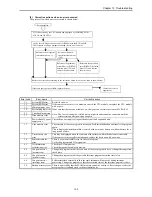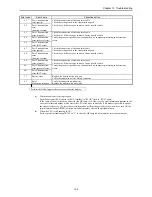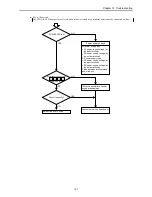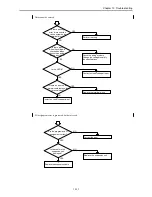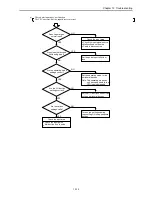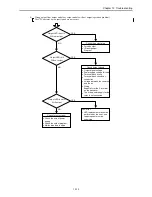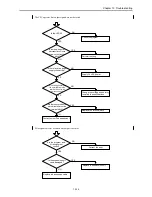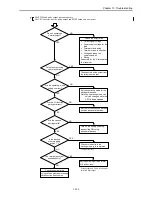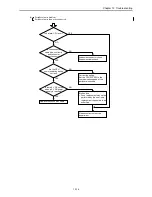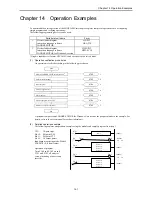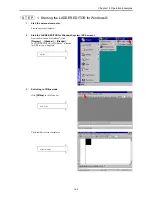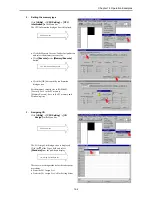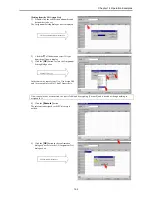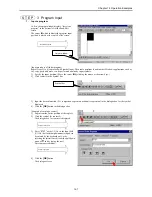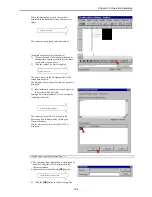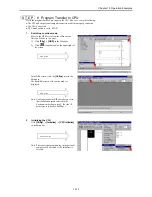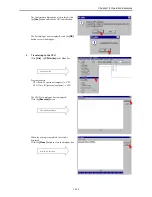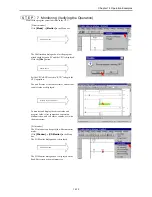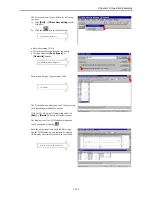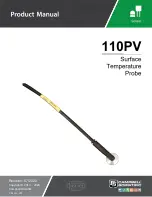
Chapter 14 Operation Examples
14-1
Chapter 14 Operation Examples
To understand the basic operation of the MICRO-EH, this chapter explains samples of operations such as inputting
simple programs and verifying operations.
The following programming devices can be used:
Peripheral unit name
Form
1
H series ladder diagram
instruction language software
LADDER EDITOR
HL-PC3
HL-AT3E
2
H series ladder diagram
instruction language software
LADDER EDITOR for Windows® version
HLW-PC3
HLW-PC3E
* Graphic input device (format: GPCL01H) can be used except on-direct mode.
(1)
Operation verification procedures
An operation is verified according to the following procedures:
STEP
1
STEP
2
STEP
3
STEP
4
STEP
5
STEP
6
STEP
7
End
Start
Start the LADDER EDITOR for Windows
®
Perform initial settings
Input program
Check program errors
Save program
Transfer program to the CPU
Monitor (verify the operation)
A personal computer and LADDER EDITOR for Windows® are used as the peripheral units in the example. For
details, refer to the user's manual for each peripheral unit.
(2)
Detailed operation example
The following explains an operation example using the module and sample program from step 1.
CPU:
14-point type
Slot 0:
Bit point X48
Slot 1:
Bit point Y32
Slot 2:
16 vacant points
Input/output operating mode: Mode 0
(WRF070 = 0, default value)
Operation of program
Turn Y100 and Y 102 on and
Y101 and Y103 off and vice
versa, alternating at one second
intervals.
R7E3
R0 = 1
TD0
Y100 = 1
Y101 = 0
Y102 = 1
Y103 = 0
R0
(00001)
(00002)
. 1S 10
TD0
(00003)
TD0
Y100 = 0
Y101 = 1
Y102 = 0
Y103 = 1
TD0
TD1
(00005)
TD1
(00004)
. 1S 10
Summary of Contents for HIDIC MICRO-EH
Page 1: ...HITACHI PROGRAMMABLE CONTROLLER APPLICATION MANUAL NJI 350B X ...
Page 12: ...MEMO ...
Page 14: ...Chapter 1 Features 1 2 MEMO ...
Page 50: ...Chapter 4 Product lineup and wiring 4 18 MEMO ...
Page 196: ...Chapter 5 Instruction Specifications 5 146 ...
Page 263: ...Chapter 11 Communication Specifications 11 10 MEMO ...

